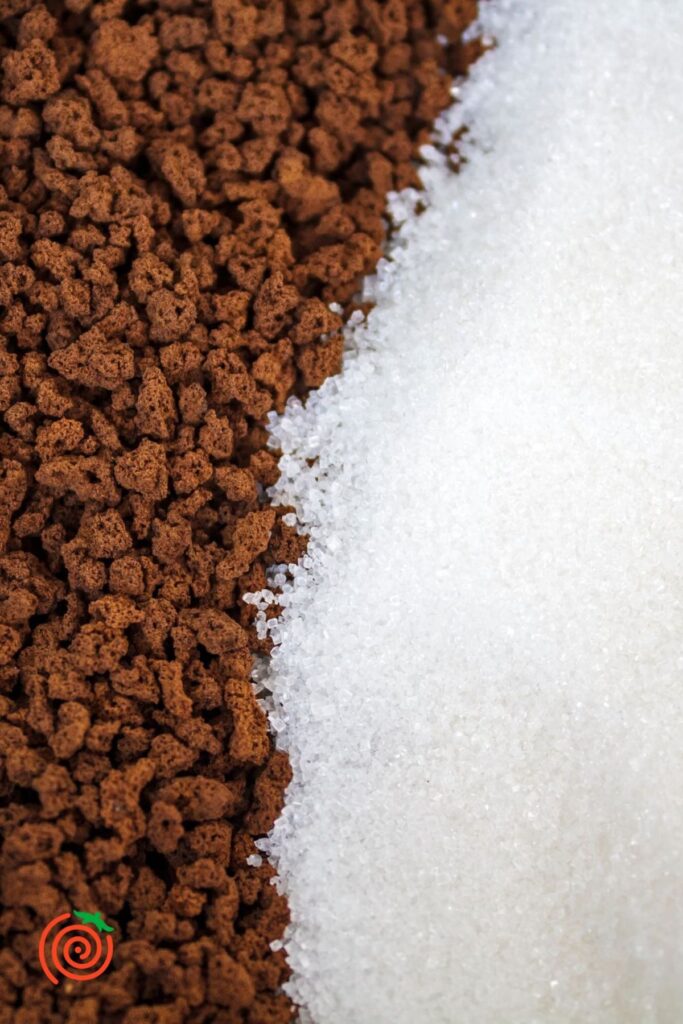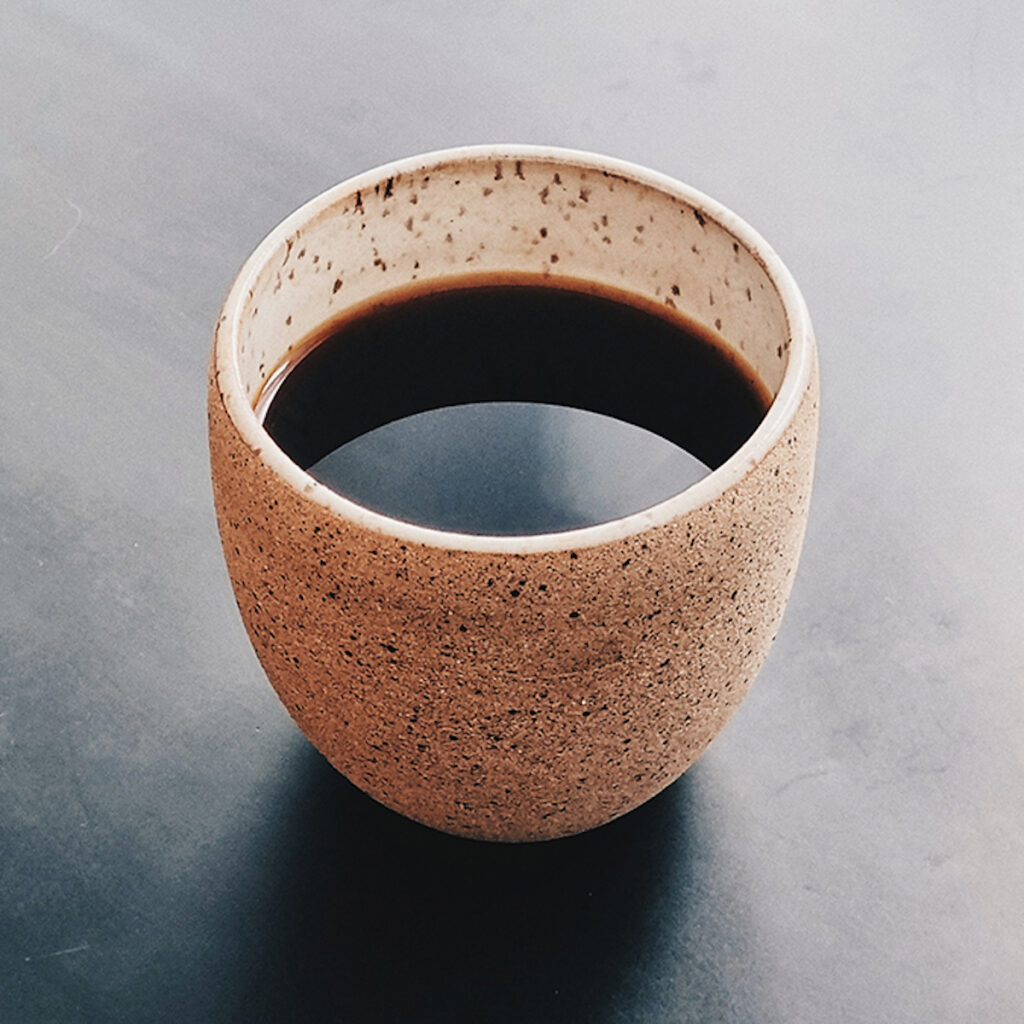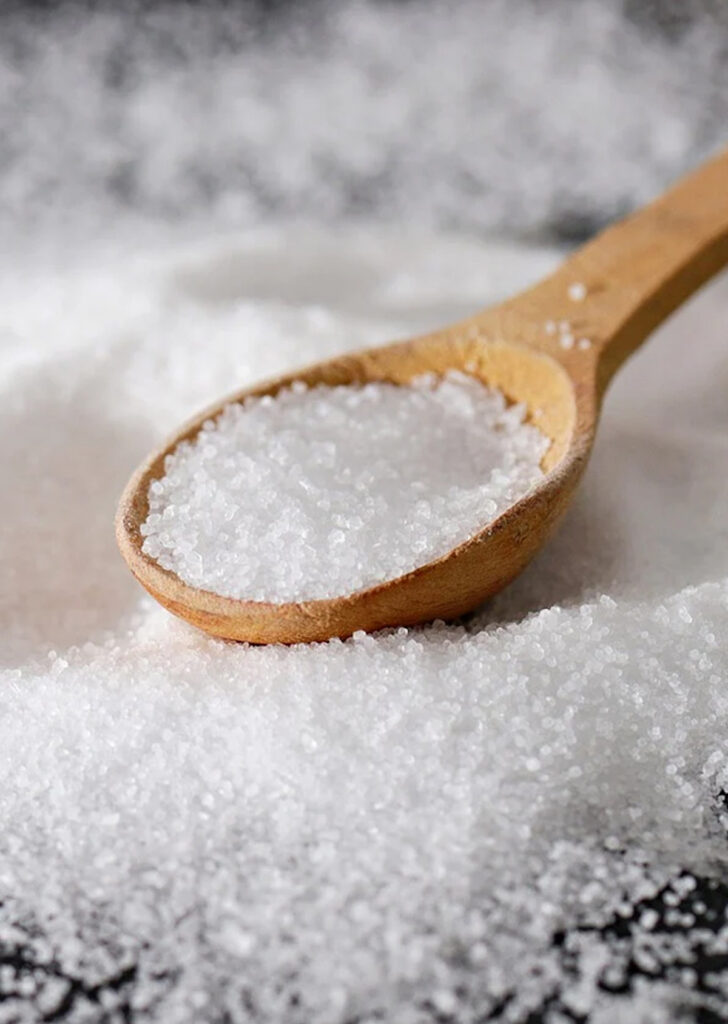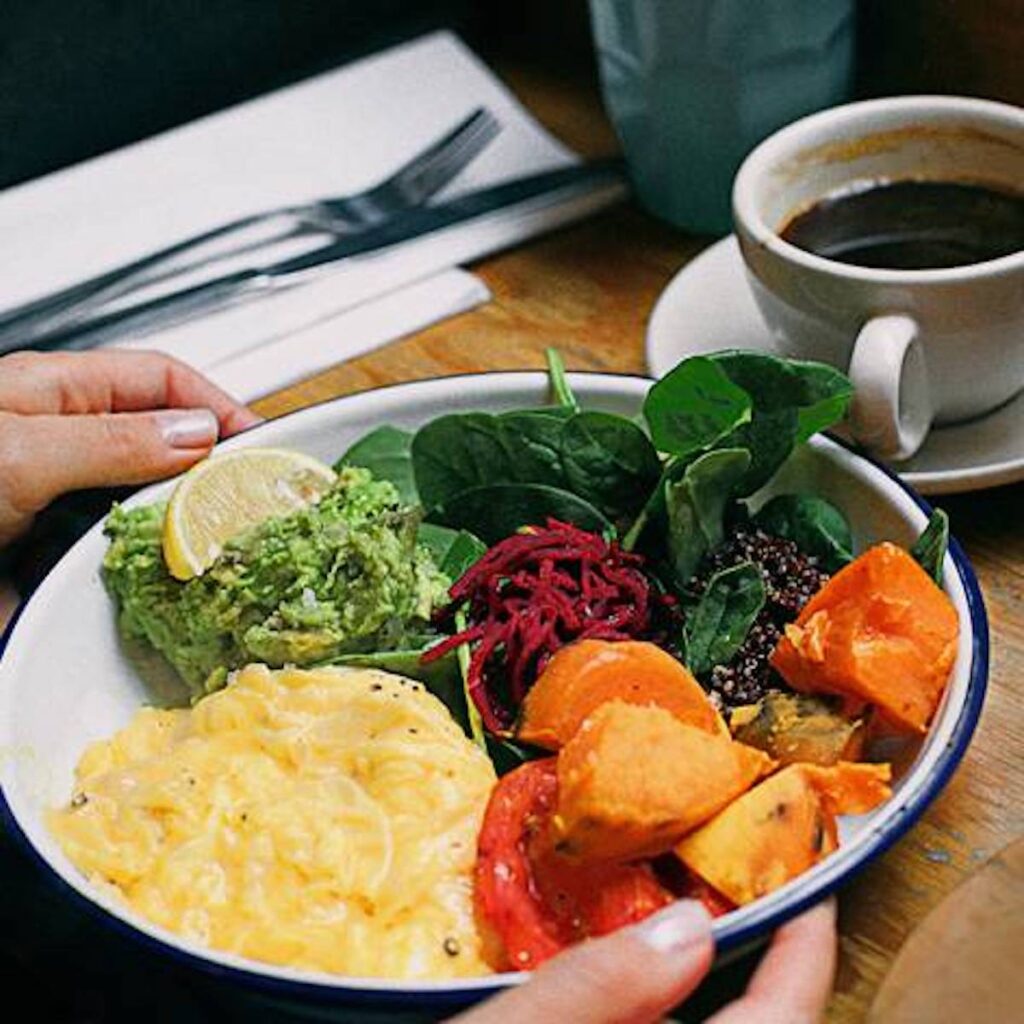Coffee is the second most consumed beverage in the world, right after water. Coffee drinkers across the world love having one or more cups of coffee every day, either for its delicious taste or energizing properties. It is easy to prepare and can be found pretty much anywhere.

However, you have probably wondered once or twice about the content of sodium in coffee and if these amounts are safe to continue drinking it every day.
We understand there’s confusion as to whether it’s healthy to drink coffee on a regular basis, so we did our research to help you figure out how much sodium is in coffee and if it can fit into a healthy diet.
As always, we think it’s a good idea to discuss any health questions with your healthcare provider to make the best decisions regarding your health.
What is a healthy sodium intake?
You have probably heard that too much sodium is bad for you. In general, our bodies don’t need much sodium to function, in fact, we only need a small amount – and the opposite, too much sodium, can be detrimental for our health.

According to studies done by the FDA, most dietary sodium (over 70% of the daily value) comes from eating packaged and prepared foods, and not from table salt added to food when cooking or eating. This means that even if you are avoiding salt in your cooked meals, you’re most likely consuming more than you’re aware of if you eat packaged food or meals not cooked by yourself.
The American Heart Association recommends no more than 2,300 mg a day, and ideally, a limit of no more than 1,500 per day for most adults is best. On average, Americans eat more than 3,400 mg of sodium each day, which means most of us are underestimating how much sodium we eat on a daily basis and are surpassing our suggested sodium daily allowance.
Keeping sodium levels in a safe range is part of an overall healthy eating pattern. If you are wondering how much sodium you are consuming, you can often find out by looking at the Nutrition Facts label.
You can check the ingredient list for words like “sodium”, “salt”, and “soda”, and you can look at the total rather than per serving – as most people eat more than one serving of packaged foods. So if your portion size equals two servings, you are ingesting double the sodium listed.
How much sodium is in coffee?
Now that we understand the basics, let’s talk about the content of sodium in coffee.

The amount of sodium contained in a 6 oz cup of black coffee is around 4mg. This number varies according to what is added to the coffee; for example, the same cup of coffee with coffee creamer normally has 12 mg of sodium, which is three times the original amount. On the other hand, a cup of coffee with whole milk only has 6 mg of sodium.
It’s important to note that many foods contain sodium naturally, even if they have a sweet or bitter taste. Milk, which is normally added to coffee, usually contains 107 mg of sodium per cup. Depending on how much milk you’re adding to your coffee, and how often you’re drinking coffee, the amount of sodium can build up over time.
Numbers may change depending on the types of coffee beans, but in general:
One cup (6 oz) of regular coffee has 4 mg of sodium
One cup (6 oz) of coffee with cream has 12 mg of sodium
One cup (6 oz) of coffee with cream and sugar – 11 mg of sodium
One cup (6 oz) of coffee with milk – 6 mg of sodium
One cup (6 oz) of coffee with sugar – 4 mg of sodium
The type of coffee and brewing method also affect the sodium levels:
One cup of instant coffee has 4 mg of sodium
One cup of espresso has 25 mg of sodium
One cup of brewed coffee has 5 mg of sodium
One cup of decaffeinated coffee has 5 mg of sodium
One cup of caffe mocha has 100 mg of sodium
As for brands, you can usually find their nutritional information on their website. For example, a grande (16 fl oz) caffe Americano in a coffee shop like Starbucks has 10 mg of sodium, that is, if you don’t add any flavors, toppings, or add-ins, whereas a cappuccino has 120 mg. Other pre-made coffees from convenience stores might have bigger serving sizes or a higher sodium level than your homemade espresso drink.
Check Starbucks’ nutritional information right here.
What happens if we consume too much sodium?
Sodium on its own is not “good” or “bad”. The problem is that as humans, we really only need a very small amount of sodium in order to work properly. Research shows that diets higher in sodium are associated with an increased risk of developing high blood pressure.

Too much sodium prevents the kidneys from functioning properly and removes less water – this results in a higher blood pressure. High blood pressure can raise the risk of heart attack, heart failure, stroke, and other diseases.
Besides, as we become older, blood pressure rises, which means we should limit our sodium intake to prevent these and other diseases.
Cardiovascular diseases are not the only ones being affected by high levels of sodium. High levels of sodium also affects the development of osteoporosis: as the amount of calcium that your body loses via urination increases with the amount of salt you eat. Other research shows that a higher intake of salty foods is linked to an increase in stomach cancer.
How to reduce your sodium levels
The easiest way to reduce your sodium consumption and lead a healthier lifestyle is simply learning about sodium in foods, and simply making better choices.

The first thing (and one of the most important things) we recommend is learning how to read the nutrition facts label; this will generally give you a better sense of how much sodium is in your food.
If possible, we suggest preparing your own food – this way, you can know almost exactly how much sodium is in your food and add a pinch of salt only when needed.
As general nutrition advice, we recommend buying fresh meat, seafood, and poultry is better than precooked or processed meals.
Condiments usually have high amounts of sodium, so choose light or reduced sodium condiments too. Your taste buds won’t really notice it.
In conclusion, coffee, especially black coffee or without added cream and toppings, can be safely consumed while maintaining low amounts of sodium. If, after checking our resources, you find out you are consuming too much sodium, either in your coffee or in other meals, we recommend trying out the suggestions above and looking for some alternatives in order to keep a low sodium level.
We hope this information has been useful for you – if it has, we invite you to share it with your friends and family!
Sources
- https://www.fda.gov/food/nutrition-education-resources-materials/sodium-your-diet
- https://www.heart.org/en/healthy-living/healthy-eating/eat-smart/sodium/how-much-sodium-should-i-eat-per-day
- https://fdc.nal.usda.gov/fdc-app.html#/food-details/1104137/nutrients
- https://www.starbucks.com/menu
- https://www.hsph.harvard.edu/nutritionsource/salt-and-sodium/
